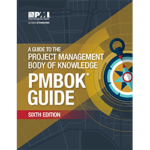
A Gantt Chart is to a project manager like a hammer is to a carpenter. It is the project manager's most used tool. It is used to convey the most critical information. And it plays an outsized role in project success. Since a project is by definition temporary, the completion date is a critical item in virtually every project. The gantt chart is used during project … [Read more...]









